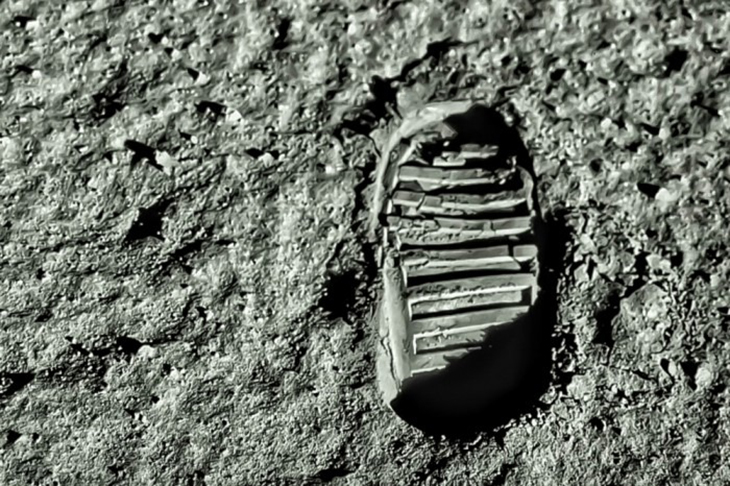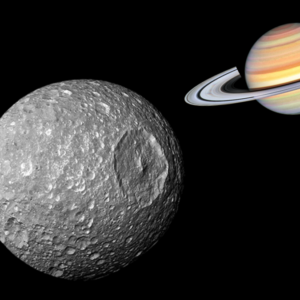
For years, man assumed that that only livable planet in our solar system was the earth. They had assumed that the other heavenly bodies didn’t contain the two things that man needed to survive: water and oxygen.
With the big leap in modern technology, researchers are beginning to discover that earth may not be alone when it comes to being the home of oxygen and water. Aside from signs of water in Mars, they’re discovering that the moon may also contain oxygen.
This has come as such a surprise to many who assumed that this was impossible. There could never be oxygen on the moon. Or, is it possible?
Researchers have invested much of their time and money to invest in technologies that allow productive and effective space-resource utilization. Their hard work focused on identifying the best technique to be able to manufacture oxygen on the Moon. Last October, the Australian Space Agency and NASA came into an agreement. The wanted to send an Australian-built rover to the Moon. This was going to be a part of what they called the Artemis program.
While the moon has an absence of atmosphere, it is thin and largely made up of hydrogen, neon, and argon. The mix of gases are unable to support oxygen-dependent mammals such as man. Ironically, the Moon also has plenty of oxygen. It must be stressed that this is just not a gas. The precious oxygen is locked in regolith, the Moon’s surface layer that’s covered in rock and fine dust.
Is it possible to extract oxygen from regolith to support life on the moon?
There are several minerals found on the earth that contain oxygen. And in reality, the moon generally made up of Earth’s rocks. The difference is that its surface has a slightly greater amount of material that come from meteors in outer space. Such materials are silica, aluminum, iron, and magnesium oxides, and these are found to be abundant on the moon. Our lungs just can’t access these.
On the Moon, these minerals come in the form of hard rock, dust, gravel, and stones. Over millennia, meteorites that crash on its surface have made this quite plentiful in the area. There are also those that refer to the moon’s surface layer as “soil.” This term is a unique and miraculous substance found just on Earth. Over millions of years, a presence of millions of species have managed to contribute on the soil’s primary material, which is called regolith or hard rock.
The end product of all the work is a mineral matrix not present in the original rocks. Soil has extraordinary physical, chemical, and biological properties. And on the moon’s surface, this is mostly unchanged or unevolved regolith.

The regolith that’s present on the Moon contains about 45 percent oxygen. However, that is locked up underneath all those minerals. Energy must be applied in order to unshackle those tight relationships. This isn’t impossible because breaking relationships of minerals has already been done. In fact, this is the method used to create aluminum. In order to separate aluminum from oxygen, an electrical current is conducted through a liquid form of aluminum oxide. The liquid form is referred to as alumina.
Oxygen becomes a byproduct in the process. On the said celestial body, the oxygen is its main product, and the aluminum and other metals present will be a byproduct. While the process may sound complicated, it’s actually quite simple. The only issue is that it’s somewhat energy intensive. The work It would need to be powered by solar energy or other lunar resources to make it sustainable.
In order to extract oxygen from regolith, heavy industrial equipment is a requirement. That’s because they need to melt solid metal oxide with solvents or electrolytes. For now, this is possible. The challenge would be to get to the Moon and make it run. Space Applications Services, a Belgian business, stated earlier that they were in the process of developing three experimental electrolysis reactors. Their ultimate goal is to send it to the Moon by 2025 as part of the European Space Agency’s ISRU project.
If this is a success, they have assumed that the moon will be able to supply a good amount of oxygen. They have estimated that the amount of oxygen found on its regolith, considering that they don’t even count the amount if they dig deeper into hard rock materials.
Lunar regolith contains around 1.4 tons of minerals. Included here are 630 kilos of oxygen per cubic meter. NASA has made an estimation, and they say that man needs around 800 grams of oxygen each day in order to survive. So 630 kilograms of it can hold for two years or even slightly more.
If they had to make an assumption that the regolith on the moon is 10 meters deep, they will be able to extract all the oxygen available. Simply put, the first ten meters of its surface will be able to support all 8 billion people on this planet for a long 100,000 years if so desired. The numbers will also depend on how they will extract and utilize oxygen. Nonetheless, the numbers have been very impressive and more importantly, hopeful.
While this is good news, the plant contains materials that are still very precious. These should not be squandered and wasted. This is still the only planet that can sustain all terrestrial life without making use of special machineries and processes.
What are your thoughts? Please comment below and share this news!
True Activist / Report a typo


